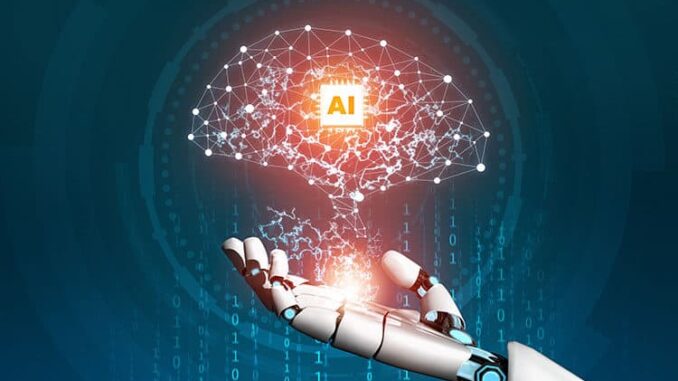
AI dynamic and adaptive systems represent a significant evolution in the field of artificial intelligence, emphasizing the ability of systems to learn from and respond to changing environments in real time.
These systems harness various techniques from machine learning, control theory, and systems engineering to achieve flexibility and responsiveness. Here’s an elaboration on what AI dynamic and adaptive systems represent:









### Key Characteristics
1. **Real-Time Adaptation:**
– They can alter their behavior based on real-time data, allowing for immediate responses to environmental changes or user interactions.
2. **Learning Capacity:**
– These systems employ machine learning algorithms to learn from past experiences, enhancing their performance over time. They can adjust their parameters and improve their decision-making based on feedback.
3. **Feedback Mechanisms:**
– They often incorporate feedback loops, which enable continuous monitoring and evaluation of performance, leading to automatic adjustments and refinements based on results.
4. **Complexity Management:**
– They are designed to handle complex, nonlinear systems where traditional rigid algorithms might fail. This includes managing uncertainties and dynamic interactions in various contexts.
5. **Decision Making:**
– AI dynamic and adaptive systems can autonomously make decisions, allowing them to operate in environments where human intervention is impractical or impossible.
### Implications and Applications
1. **Personalization:**
– They can tailor experiences and services to individual preferences in areas such as e-commerce, content delivery, and healthcare, leading to improved user satisfaction.
2. **Efficiency Optimization:**
– In industries like manufacturing and logistics, these systems can optimize processes by adjusting operations in real-time based on demand, resource availability, and external constraints.
3. **Autonomous Operations:**
– From autonomous vehicles to drones, these AI systems can navigate and make decisions without human oversight, responding to dynamic situations on the fly.
4. **Data-Driven Insights:**
– In sectors such as finance and cybersecurity, dynamic and adaptive systems analyze vast amounts of data to detect patterns, anomalies, and trends, enabling timely interventions and strategic decision-making.
5. **Robustness and Resilience:**
– They are often equipped to handle unexpected events and disturbances, making them valuable in critical applications like disaster response, emergency management, and defense.
### Challenges and Considerations
1. **Ethical and Legal Issues:**
– The ability of these systems to operate autonomously raises ethical questions regarding accountability, transparency, and decision-making processes, particularly in critical applications such as healthcare and autonomous vehicles.
2. **Data Dependency:**
– The effectiveness of dynamic and adaptive systems largely depends on the quality and availability of data. In many cases, data privacy and security become significant concerns.
3. **Complexity of Design:**
– Developing these systems involves handling complexities related to algorithms, model training, and system integration, often requiring specialized expertise.
4. **Unpredictability:**
– While they can adapt to changes, this adaptability can lead to unintended behaviors or outcomes if not carefully designed and monitored.
### Conclusion
In summary, AI dynamic and adaptive systems represent a transformative shift towards more intelligent, responsive, and flexible technologies capable of enhancing automation and decision-making across various domains. They hold the potential to significantly impact how we interact with machines and systems, fundamentally altering business models, operational paradigms, and everyday life. As they continue to develop, striking a balance between their capabilities and ethical considerations will be crucial.


Leave a Reply